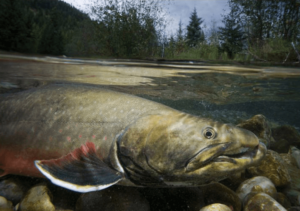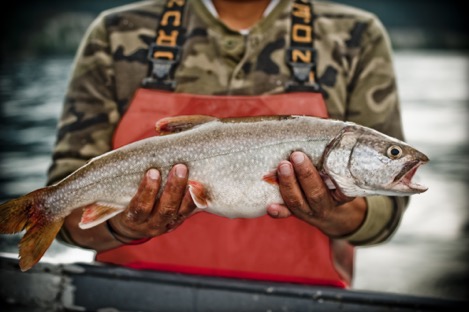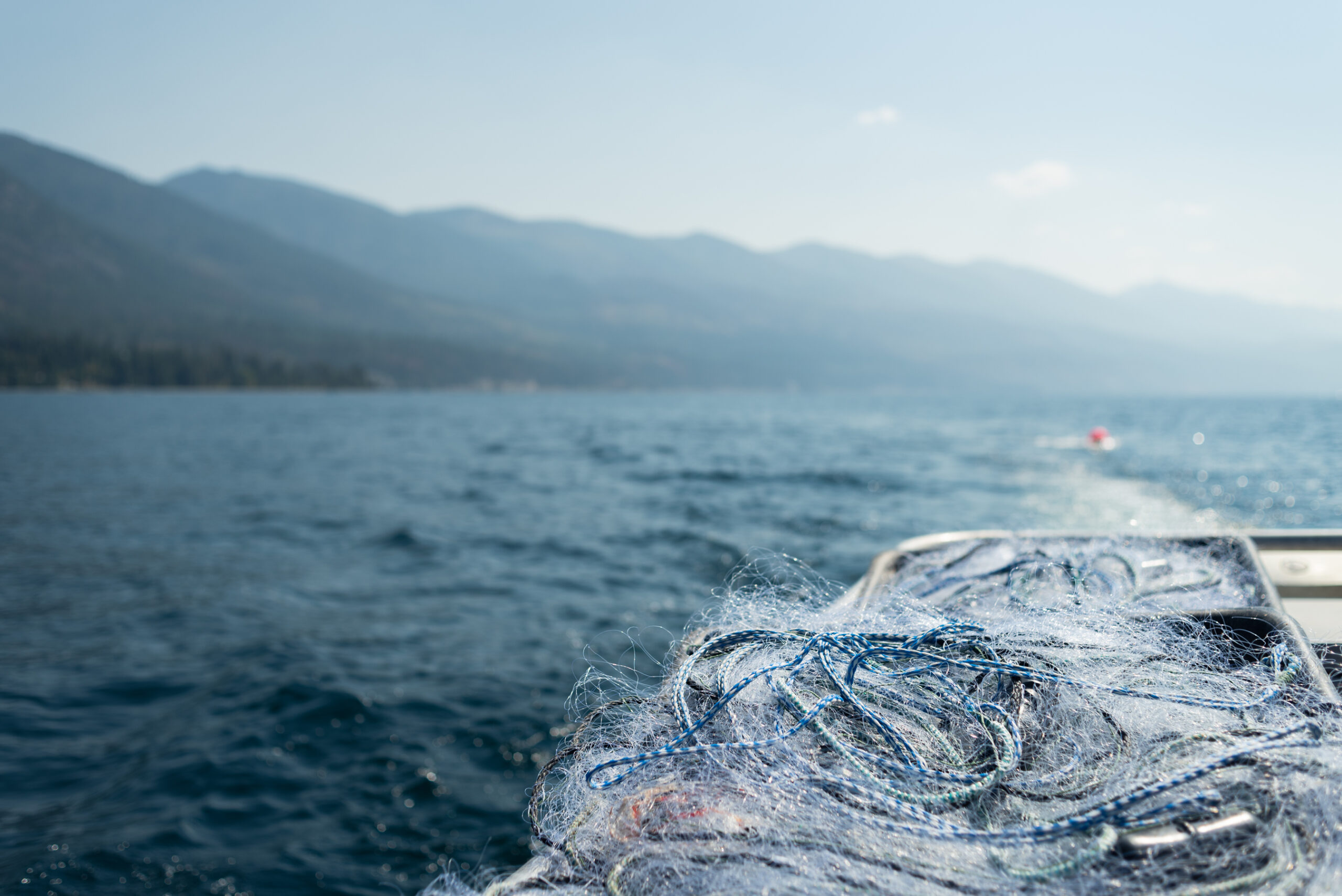
Salish-Kootenai Fisheries Management: Indigenous Science and Conservation Practices
The waters of the Flathead Reservation in Western Montana flow with more than just current; they carry centuries of ecological knowledge, resilience, and an unwavering commitment to conservation. Here, the Confederated Salish and Kootenai Tribes (CSKT) have forged a fisheries management paradigm that stands as a global exemplar, seamlessly weaving together ancestral wisdom—Traditional Ecological Knowledge (TEK)—with cutting-edge Western scientific methodologies. This integrated approach is not merely a blend; it is a profound testament to Indigenous sovereignty and a blueprint for the future of sustainable resource stewardship.
For millennia, the ancestors of the Salish, Kootenai, and Pend d’Oreille peoples thrived along the rivers and lakes of what is now the Flathead Basin. Fish were not just a food source but a cornerstone of their culture, spiritual life, and economy. Salmon, bull trout, westslope cutthroat trout, and whitefish were staples, harvested with intricate knowledge of their life cycles, migration patterns, and habitat needs. Fishing practices were inherently sustainable, employing techniques like weirs and traps designed to allow adequate escapement for future generations, reflecting a deep-seated ethos of reciprocity with the natural world. This profound connection and careful observation formed the bedrock of their Traditional Ecological Knowledge.
The signing of the Hellgate Treaty in 1855, while ceding vast lands, explicitly reserved the Tribes’ rights to hunt, fish, and gather on and off the newly established Flathead Reservation. This treaty right, hard-won and fiercely defended, became the legal and moral foundation for the CSKT’s eventual assertion of control over their natural resources, including the imperiled fisheries.
The colonial era brought unprecedented ecological upheaval. Dams altered river flows and blocked fish passage, logging denuded forests, increasing sedimentation, and non-Native commercial fishing practices decimated populations. Perhaps most devastating was the introduction of non-native species – particularly lake trout and Mysis shrimp – which outcompeted or preyed upon native fish, pushing iconic species like the bull trout and westslope cutthroat trout to the brink of extinction in many areas. By the mid-20th century, the vibrant native fisheries that had sustained the Tribes for countless generations were severely diminished, a stark reminder of the consequences of fragmented, species-specific management divorced from a holistic understanding of ecosystems.
Recognizing the crisis, the CSKT embarked on a journey of self-determination in natural resource management. By the late 20th century, through persistent advocacy and legal battles, the Tribes gained co-management authority over Flathead Lake and its tributaries, solidifying their role as primary stewards of the reservation’s aquatic ecosystems. This assertion of sovereignty was not just about control; it was about re-establishing a management philosophy rooted in a deep, generational understanding of the land and its waters.

At the heart of the CSKT Fisheries Management Program is the deliberate and respectful integration of Indigenous science. TEK, passed down through oral histories, ceremonies, and direct observation, offers an invaluable long-term perspective. Unlike Western scientific studies, which often span years or decades, TEK encompasses centuries of continuous ecological monitoring. Tribal elders and knowledge keepers possess intricate details about historical water levels, specific spawning grounds, the timing of migrations in relation to lunar cycles or plant phenology, and the subtle indicators of ecosystem health that might escape modern instrumentation.
For instance, TEK provides critical insights into the resilience and adaptive strategies of native fish populations. Elders recall periods of drought or flood, and how fish populations responded, offering analogues for contemporary climate change challenges. This knowledge informs habitat restoration efforts, guiding biologists to prioritize areas historically known for their productivity or resilience. The understanding of the interconnectedness of land, water, animals, and people – a fundamental tenet of Indigenous worldview – contrasts sharply with the reductionist approach often characteristic of Western science, which tends to isolate and study components in isolation.
The CSKT’s approach isn’t about rejecting Western science; it’s about enriching it. Their fisheries biologists, many of whom are tribal members, work in a truly collaborative environment. They employ state-of-the-art tools: genetic analysis to track fish populations and prevent inbreeding, sophisticated limnological studies to monitor water quality and nutrient cycling, hydroacoustic surveys to estimate fish numbers, and telemetry to track individual fish movements. Yet, these methods are often guided and contextualized by TEK.
A prime example is the ongoing battle against invasive species. The introduction of Mysis shrimp in the 1960s, intended as a food source for kokanee salmon, inadvertently led to the collapse of kokanee populations and negatively impacted native bull trout. CSKT biologists, combining traditional knowledge of ecosystem dynamics with modern population modeling, have been at the forefront of understanding these complex trophic cascades. Similarly, the management of invasive lake trout in Flathead Lake has been a monumental undertaking. Lake trout, a voracious predator, rapidly proliferated, threatening the already imperiled bull trout.
In response, the CSKT implemented a controversial yet scientifically sound suppression program targeting lake trout. This program, involving extensive netting and fishing derbies, is guided by the dual understanding of historical ecological balance (TEK) and precise population dynamics (Western science). The sheer scale of the effort is staggering; thousands of lake trout are removed annually to give native bull trout a fighting chance. "Our elders taught us that everything is connected," explains Mike Durglo Jr., a CSKT Tribal Council member. "If one part of the ecosystem is sick, it affects everything else. This principle guides our work in Flathead Lake, where we’re trying to restore a balance that was disrupted by outside introductions."
The success stories are compelling. The CSKT has been instrumental in the recovery efforts for bull trout, a federally listed threatened species. Through extensive habitat restoration—removing fish passage barriers, restoring riparian zones, and improving water quality—and careful population management, bull trout are showing signs of resurgence in key drainages within the reservation. Genetic diversity is being preserved through careful management of isolated populations, often in high-elevation lakes and streams identified through generations of tribal knowledge as critical strongholds. Westslope cutthroat trout, another native species, are also benefiting from similar efforts, including the establishment of genetically pure populations in protected waters.
Beyond the aquatic realm, the CSKT’s integrated management extends to the entire watershed. Forest management practices prioritize healthy headwaters and stable stream flows, understanding that pristine forests are inextricably linked to robust fish populations. Cultural burning, a traditional practice, is being reintroduced to reduce wildfire risk and enhance forest health, further contributing to watershed resilience. This holistic approach, viewing the ecosystem as a single, interconnected living entity, is a direct application of Indigenous worldview.
Challenges persist. Climate change looms large, threatening to alter water temperatures, flow regimes, and increase the frequency of extreme weather events, all of which directly impact cold-water fish species. The ongoing battle against invasive species demands continuous vigilance and resources. Funding for these extensive programs remains a constant concern, despite the immense ecological and cultural value they provide. Furthermore, navigating complex jurisdictional landscapes with state and federal agencies requires persistent diplomacy and collaboration.
Yet, the CSKT’s model offers a powerful vision for the future. It demonstrates that Indigenous sovereignty and self-determination are not just matters of justice but are also essential for effective conservation. The deep, intergenerational connection to place, combined with a pragmatic embrace of scientific tools, yields a management strategy that is more resilient, adaptive, and ultimately, more successful. As countries and organizations worldwide grapple with biodiversity loss and climate change, the Salish-Kootenai example stands as a beacon: a testament to the enduring power of Indigenous science and the profound wisdom of managing for the seventh generation, ensuring that the waters continue to flow not just with current, but with life and legacy. Their work is a living, breathing proof that true conservation emerges when those with the deepest roots in the land are empowered to care for it.
